Mysteries and Myths Surrounding Stonehenge
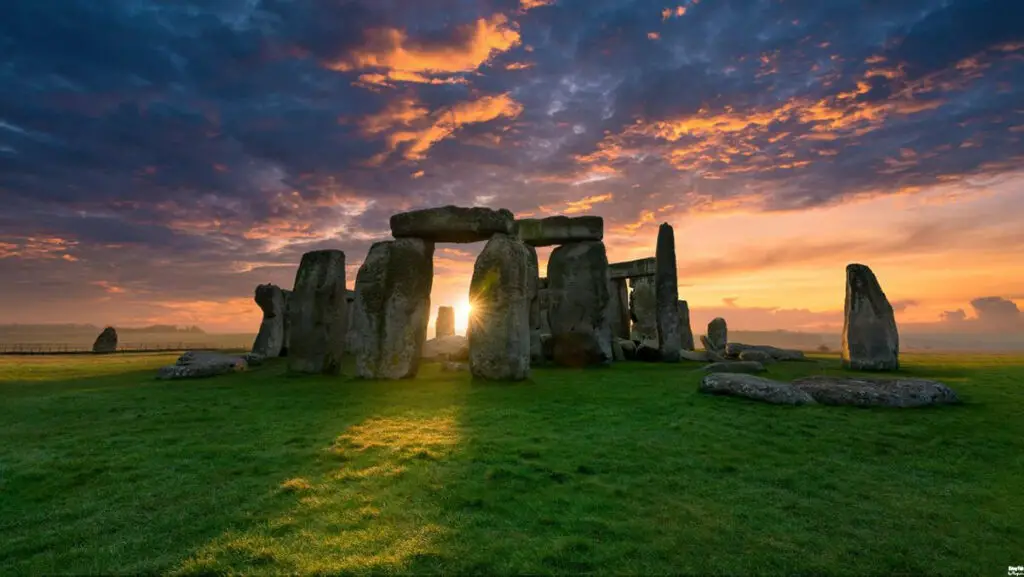
Introduction
Stonehenge, the iconic prehistoric monument located on Salisbury Plain in Wiltshire, England, has intrigued and mystified people for centuries. This enigmatic structure, comprising massive stone circles, has been the subject of endless speculation, scholarly debate, and creative storytelling. Despite extensive archaeological research, many aspects of Stonehenge’s purpose, construction, and significance remain shrouded in mystery.
The allure of Stonehenge lies not only in its ancient origins but also in the rich tapestry of myths and legends that surround it. From tales of giants and wizards to theories of extraterrestrial involvement, Stonehenge’s mysteries have sparked the imagination of countless generations. These stories, whether based in fact or fantasy, contribute to the monument’s enduring mystique and cultural significance.
This article delves into the ancient myths and legends associated with Stonehenge, explores the unsolved mysteries that continue to baffle scholars, examines its depiction in popular culture and media, and considers both scientific and paranormal perspectives on this enigmatic site. Through this exploration, we aim to illuminate the multifaceted nature of Stonehenge’s enduring allure.
Ancient Myths and Legends
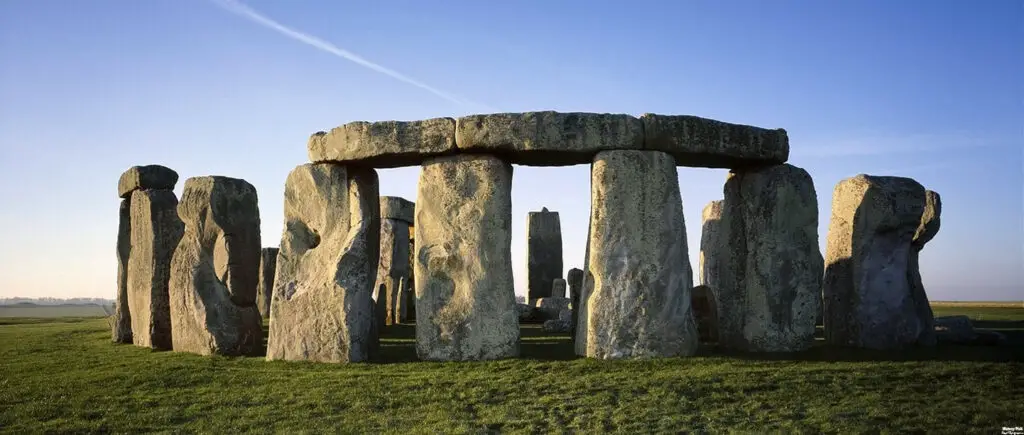
The origins of Stonehenge are steeped in ancient myths and legends, many of which seek to explain the seemingly inexplicable construction and purpose of the monument. One of the earliest and most enduring legends attributes the building of Stonehenge to the wizard Merlin. According to the 12th-century historian Geoffrey of Monmouth, Merlin used his magical powers to transport the massive stones from Ireland to their current location, a tale that underscores the monument’s perceived mystical qualities.
Another popular legend involves giants as the builders of Stonehenge. This myth suggests that the stones were brought from Africa by a race of giants and erected on Salisbury Plain. The legend of the giants reflects the awe and wonder inspired by the sheer size and weight of the stones, which seem beyond the capabilities of ordinary human effort, especially given the limited technology of the time.
Folklore also imbues Stonehenge with spiritual and supernatural significance. Some legends describe the stones as having healing properties, drawing people from far and wide to seek cures for their ailments. Others suggest that the monument was a place of Druidic worship, used for ancient ceremonies and rituals. While these legends may not be grounded in historical fact, they highlight the cultural and spiritual importance of Stonehenge throughout the ages.
Unsolved Mysteries
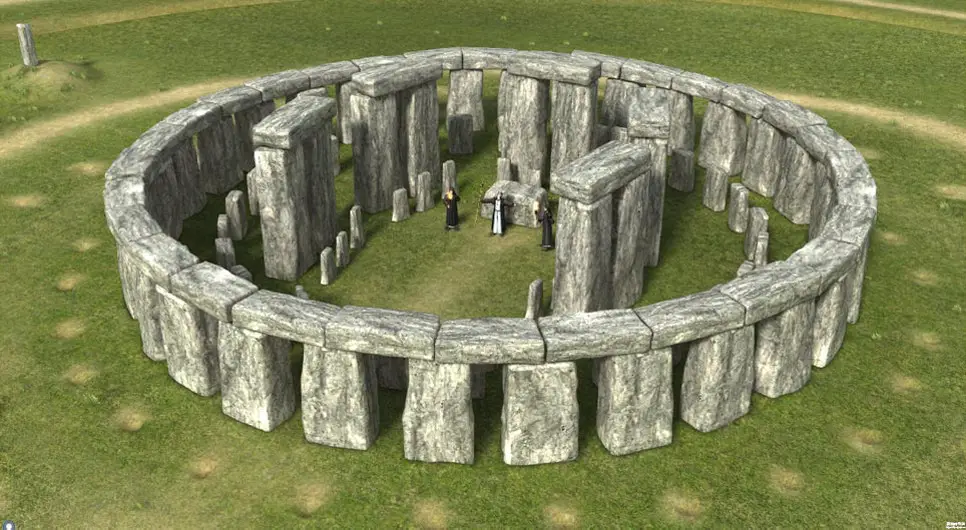
Despite extensive research, Stonehenge remains a site of many unsolved mysteries. One of the most enduring questions concerns its purpose. Scholars have proposed various theories, ranging from a ceremonial or religious site to an astronomical observatory. The alignment of the stones with the solstices suggests an astronomical purpose, yet the full scope of its function is still debated. The monument’s exact purpose remains elusive, adding to its enigmatic allure.
The construction of Stonehenge is another major mystery. The monument was built in several stages over thousands of years, with the earliest construction dating back to around 3100 BCE. The transportation of the massive bluestones from the Preseli Hills in Wales, nearly 150 miles away, is particularly puzzling. Theories about how these stones were moved include the use of rollers, sledges, and waterways, but no definitive explanation has been confirmed.
Controversies and debates among scholars further complicate the understanding of Stonehenge. For example, the identity of its builders is still unknown. While some evidence points to Neolithic farming communities, other theories suggest involvement by a more organized and advanced society. The lack of concrete evidence fuels ongoing debates and keeps the mysteries of Stonehenge alive in both academic and popular discourse.
Popular Culture and Media
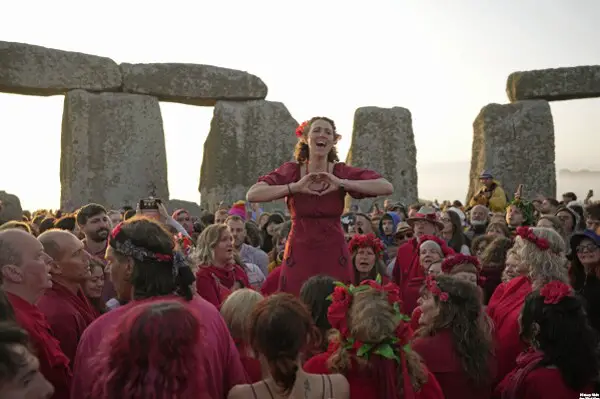
Stonehenge’s enigmatic nature has made it a frequent subject of popular culture and media, where it is often depicted as a place of mystery and supernatural power. Films, books, and television shows have capitalized on the monument’s mystical reputation, weaving it into narratives of ancient civilizations, time travel, and otherworldly phenomena. These portrayals, while often fictionalized, reinforce and perpetuate the myths and mysteries associated with Stonehenge.
One notable example is the 1984 mockumentary film “This Is Spinal Tap,” which humorously depicts a fictional rock band’s fascination with Stonehenge. The film’s iconic scene featuring a miniature Stonehenge stage prop highlights the monument’s cultural impact and its place in the public imagination. Similarly, Stonehenge has appeared in various science fiction works, such as the TV series “Doctor Who,” where it is depicted as an ancient and powerful alien artifact.
The influence of popular culture extends beyond entertainment, shaping public perception and interest in Stonehenge. Documentaries and TV specials, such as those aired on the History Channel and National Geographic, blend factual information with speculative theories, keeping audiences engaged and curious. These media portrayals contribute to the monument’s enduring fascination and its status as a symbol of ancient mystery.
Scientific and Paranormal Perspectives
Scientific investigations into Stonehenge have provided valuable insights, yet many questions remain unanswered. Archaeological excavations have revealed details about the construction phases, the sourcing of the stones, and the surrounding landscape. Modern techniques, such as ground-penetrating radar and 3D modeling, have uncovered new information, including previously unknown structures near Stonehenge. Despite these advances, the exact purpose and methods of construction remain speculative.
Paranormal theories often step in where scientific explanations fall short. Some suggest that Stonehenge is a focal point of powerful earth energies or ley lines, invisible lines of energy that connect ancient sites. Proponents of this theory believe that the stones were placed to harness and amplify these energies for spiritual or healing purposes. While these ideas lack empirical support, they add to the site’s mystique and attract those interested in the paranormal.
Extraterrestrial theories also abound, with some suggesting that Stonehenge was built or influenced by aliens. These theories often point to the monument’s precise astronomical alignments and the advanced engineering techniques required to construct it as evidence of otherworldly intervention. While mainstream science does not support these claims, they remain popular in UFO and conspiracy theory circles, further contributing to the monument’s allure.
Conclusion
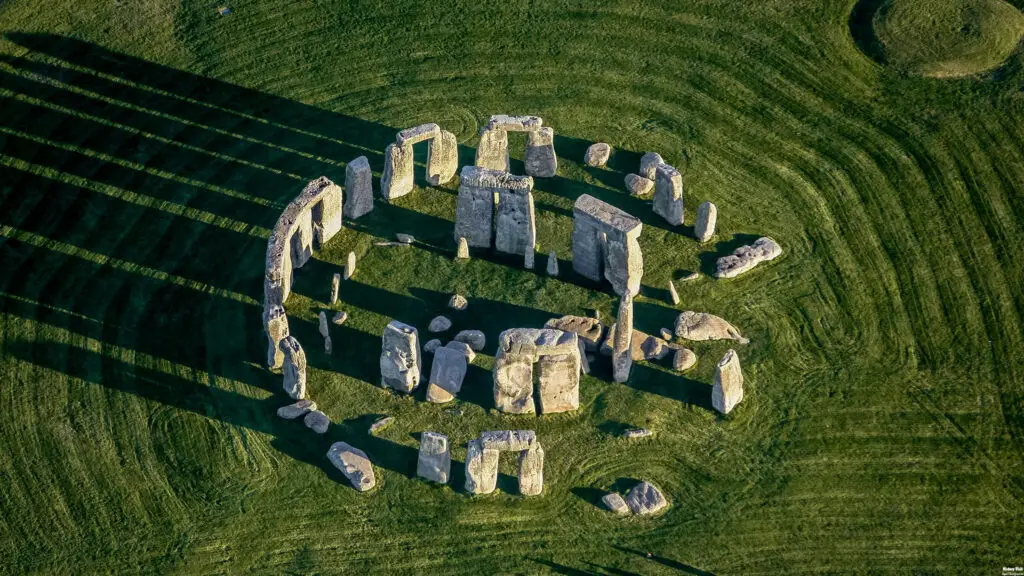
The mysteries and myths surrounding Stonehenge have captivated people for centuries, making it one of the most enigmatic and iconic monuments in the world. From ancient legends of wizards and giants to modern scientific investigations and paranormal theories, Stonehenge continues to intrigue and inspire. Its blend of historical significance, cultural impact, and enduring mystery ensures that it remains a subject of fascination and speculation.
As we continue to study and explore Stonehenge, we uncover new layers of its story, yet many questions remain unanswered. The monument’s enigmatic nature reminds us of the limits of our knowledge and the vastness of human history. Whether viewed through the lens of science, myth, or popular culture, Stonehenge stands as a testament to our enduring curiosity and desire to understand the past.
In the end, the allure of Stonehenge lies in its ability to provoke wonder and imagination. Its mysteries, both ancient and modern, invite us to ponder the ingenuity of our ancestors and the possibilities of the unknown. As we strive to uncover its secrets, Stonehenge continues to be a source of inspiration and a symbol of the enduring quest for knowledge and understanding.


